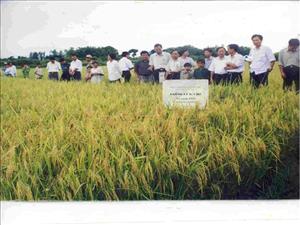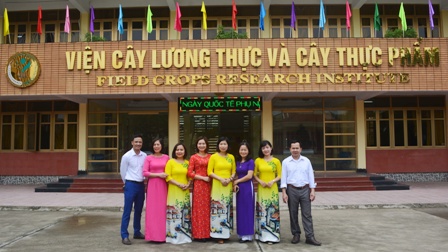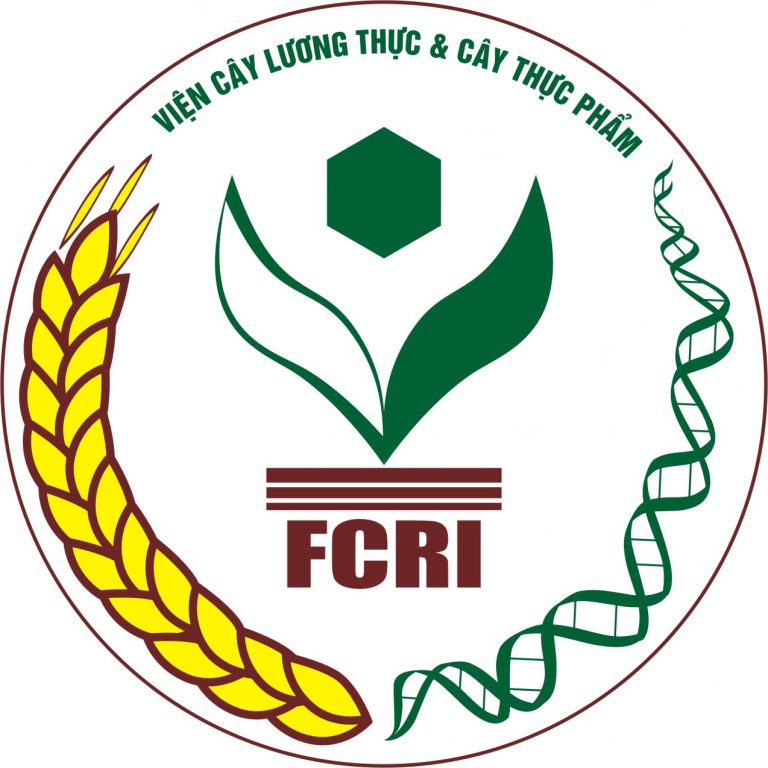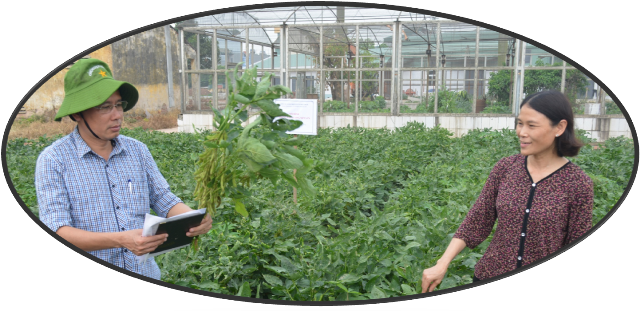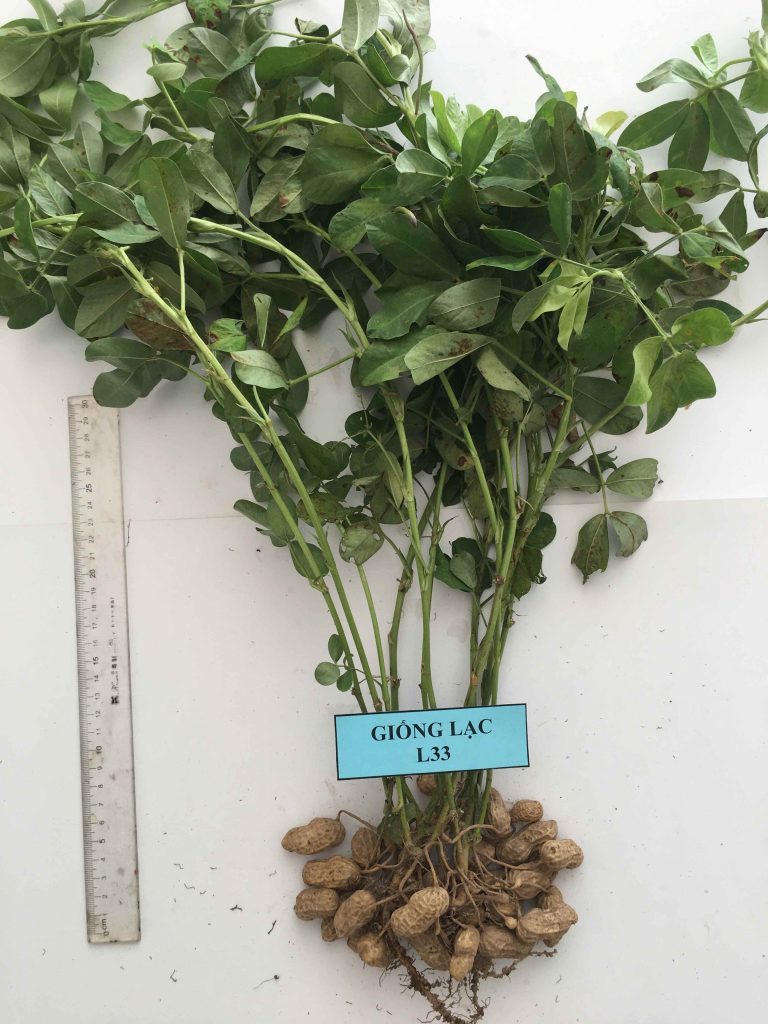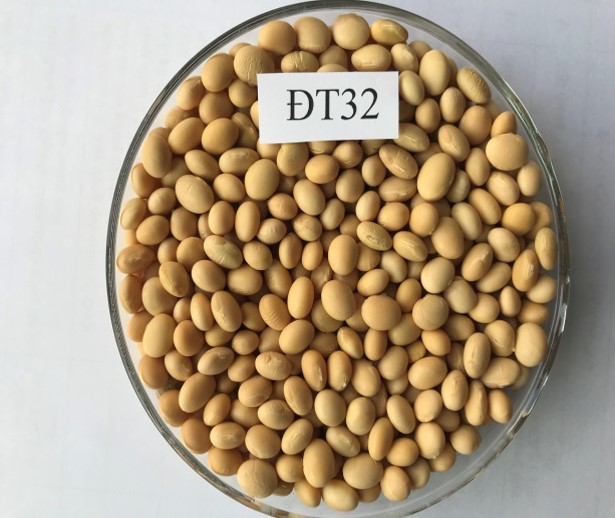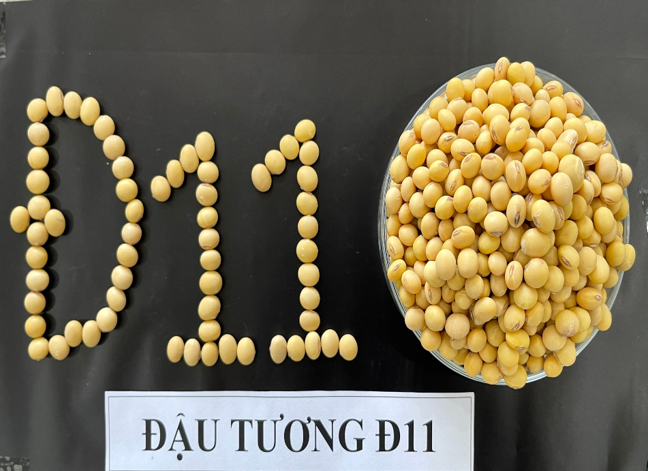NEW IRRIGATION TECHNIQUE CAN EASE DROUGHT EFFECT ON RICE
AWD is easy to learn and makes use of inexpensive tools to gauge water level to know whether it is time to flood or drain the field.
Water supply to about 27,000 rice farmers in Central Luzon in the Philippines was cut off due in part to decreasing water levels at Angat Dam, bringing attention again to the need for everyone to save water even for growing rice, the ‘thirstiest’ of all crops.
“El Niño conditions are predicted to progress over the coming months. Although it is difficult to project the exact rainfall amounts, rainy seasons in El Niño years typically have shorter periods of rain and less rainfall amounts,” said Reiner Wassmann, head of IRRI’s climate change research. “Water shortage at the Angat-Maasim River Irrigation System (AMRIS), of which Angat Dam is the main water source, is anticipated, as water available for irrigation has gradually decreased over recent years and the Philippines has been experiencing a really dry season this year,” said Dr. Wassmann.
Water use in producing rice can be cut down by as much as 25% using a simple irrigation technique called alternate wetting and drying or AWD.
AWD was developed by the International Rice Research Institute and is now being introduced to farmers across Asia. IRRI and its partners have high hopes for the technology, as it typically takes 2,000 liters of water to produce a kilogram of paddy (unmilled rice). AWD can save up to 500 liters of water per kilogram of rice.
Departing from the conventional way of growing rice that uses continuous flooding, AWD makes use of the cycle of draining and reflooding of rice paddies, keeping an optimum water level at any particular time.
The AWD technology is applicable to larger irrigation schemes like the AMRIS, but it is also just as useful for rice farmers who rely on pump irrigation. AWD use means greater farming incentives as lower water consumption translates right away into savings on fuel cost and higher net income for farmers.
In Vietnam, farmers have credited AWD for yield increases. Decreased water use also reduced the occurrence of ‘lodging’ (when rice plants keel over due to heavy rain) and helped the plant grow better tillers (the ‘branches’ that eventually carry grain) and stronger roots. The resulting improved field conditions helps reduce labor cost at harvest, as mechanical harvesting becomes feasible.
AWD also helps reduce greenhouse gas (GHG) emissions, specifically methane, by up to 50%. Methane emissions are caused by flooding of rice fields. Intensive research by scientists from IRRI and its partners have helped AWD evolve into one of the most mature GHG mitigation methods in the agriculture sector. AWD could thus become a key component for GHG mitigation in many Asian countries.


